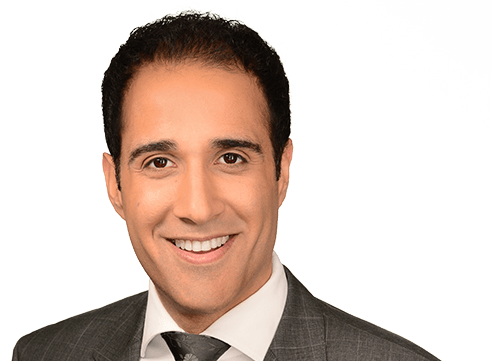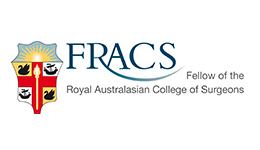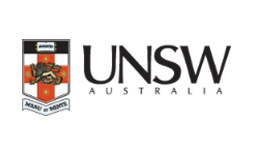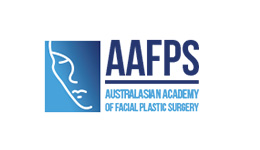Browlift surgery
Browlift Surgery Consultation with
During your initial browlift surgery consultation, Dr. Choroomi will:
- Measure and evaluate your forehead, eyes and overall facial structure.
- Listen to all concerns you have.
- Discuss why you want browlift surgery, including expectations and outcomes.
- Walk you through browlift surgery procedure and recovery.
- Answer any questions you may have.
Photography and digital imaging may be performed to give you an idea of what you may look like after browlift surgery. During all cosmetic consultations all patients will undergo psychological screening and we may refer you to a psychologist.
Browlift Surgery Procedure
Dr Choroomi’s preferred method is Endoscopic Browlift surgery performed under general anesthesia.
During surgery:
- 3-5 tiny incisions are made along the upper part of the forehead, within the hairline.
- A surgical endoscope (fiber optic camera) is inserted into one of the incisions to help identify underlying structures of the face and avoid nerves.
- Specialized curved tools are used to separate the forehead tissue and ligaments from the skull.
- The skin is slightly lifted and secured at a higher position. In some cases, a conservative amount of skin may be removed.
- A bandage is placed around the head and left for 1-2 days to protect against infection.
Recovery after Browlift Surgery
During your pre-operative appointment, Dr Choroomi will provide you with specific post-operative instructions. Even though browlift surgery results can be seen almost immediately, the recovery time is approximately 2 weeks. During this time you can expect:
- A tight bandage placed around your head for 1-2 days
- Swelling which may last 1-2 weeks
- Minor headache due to forehead tightness which may be relieved with medication
- Mild numbness in the forehead and around the eye that may last a week
Sutures are removed 7-10 days after surgery. Patients may typically resume work and physical activity 2 weeks after brow lifting surgery.
Risks and Complications
Your surgery will be performed safely and with care in order to obtain the best possible results.
You have the right to be informed that the surgery may involve risks of unsuccessful results, complications or injury from both known and unforeseen causes. Because individuals vary in their overall health and healing abilities, skin texture, anatomy, circulation and the way they react to medications and anesthesia, there can be no guarantee made as to the results of surgery. Furthermore, there always exists the potential for complications.
The following complications of browlift surgery have been reported in the medical literature. They are listed here for your information, not to frighten you, but to make you aware and more knowledgeable concerning this surgical procedure. The list below includes most complications that are encountered, but it is not all-inclusive.
If you have any questions regarding the potential complications listed, please discuss them with Dr Choroomi prior to your procedure.
Numbness
With an endoscopic technique there is a lower risk of numbness in the scalp than existed with the older “coronial” brow lift. However, there is still possible risk for numbness to occur. If this should happen, the areas will likely be small and feeling will return in weeks to months. Permanent numbness is rare.
Swelling and Bruising
Every patient swells and bruises. Swelling may be severe and even prevent the eyes from opening for a couple of days. Swelling around the forehead, eyes, and cheeks may persist for 2-3 weeks. Permanent discolouration id possible around he eyes but very rare.
Infection. Rare but may occur. Proper hygiene and following of post operative instructions minimize the risk of infection.
Scarring
The incisions are small and hidden in the scalp, visible scarring should be rare.
Hair Loss
May occur around the scalp incisions. The hair usually grows through the scars but if a “bald spot” occurs they are usually dime sized and can easily be repaired.
Hematoma
A collection of blood under the skin is highly unlikely but possible. The treatment is with drainage.
Nerve Injury
Nerve(s) can be compressed or damaged so as to result in weakness of the forehead muscles. This is usually temporary (up to 12 months) but may persist indefinitely.
Sub-Conjunctival Hemorrhage
The white part of the eyes may become blood-red due to leakage from small blood vessels. This is merely bruising and will resolve in about 3 weeks.
Pain
3% of patients experience significant headache pain after surgery. This generally dissipates in 1-2 days.
Hairline
The hairline will move slightly as a result of the lift. Discuss this with your doctor.









